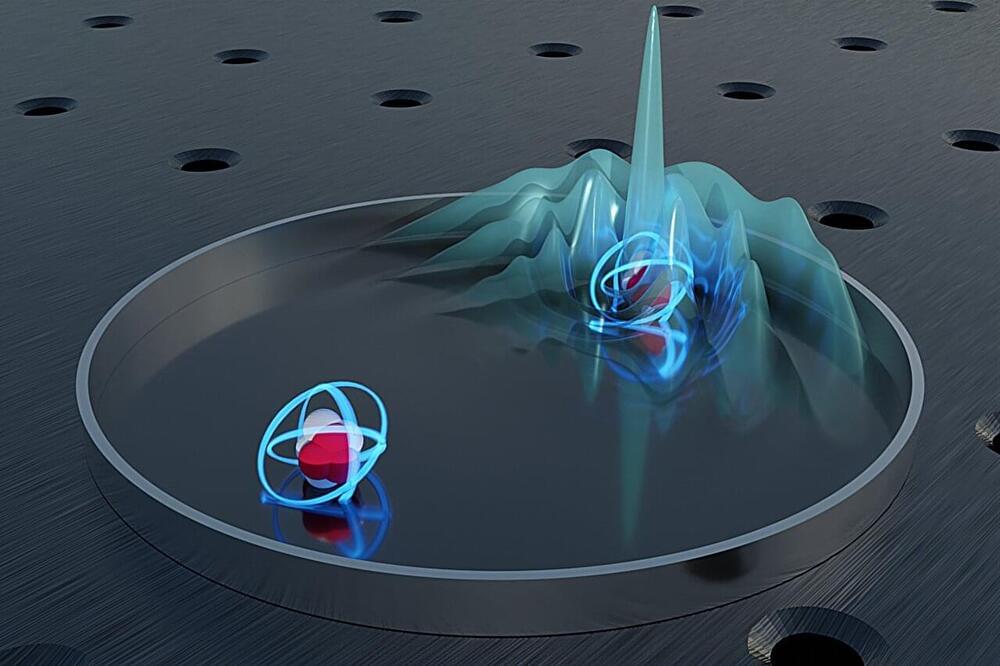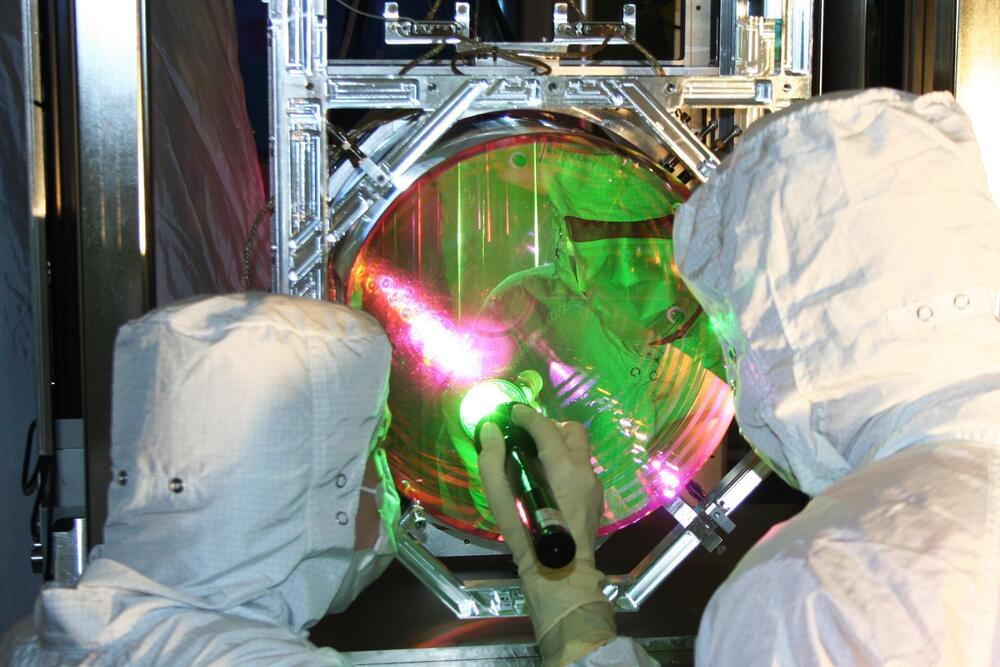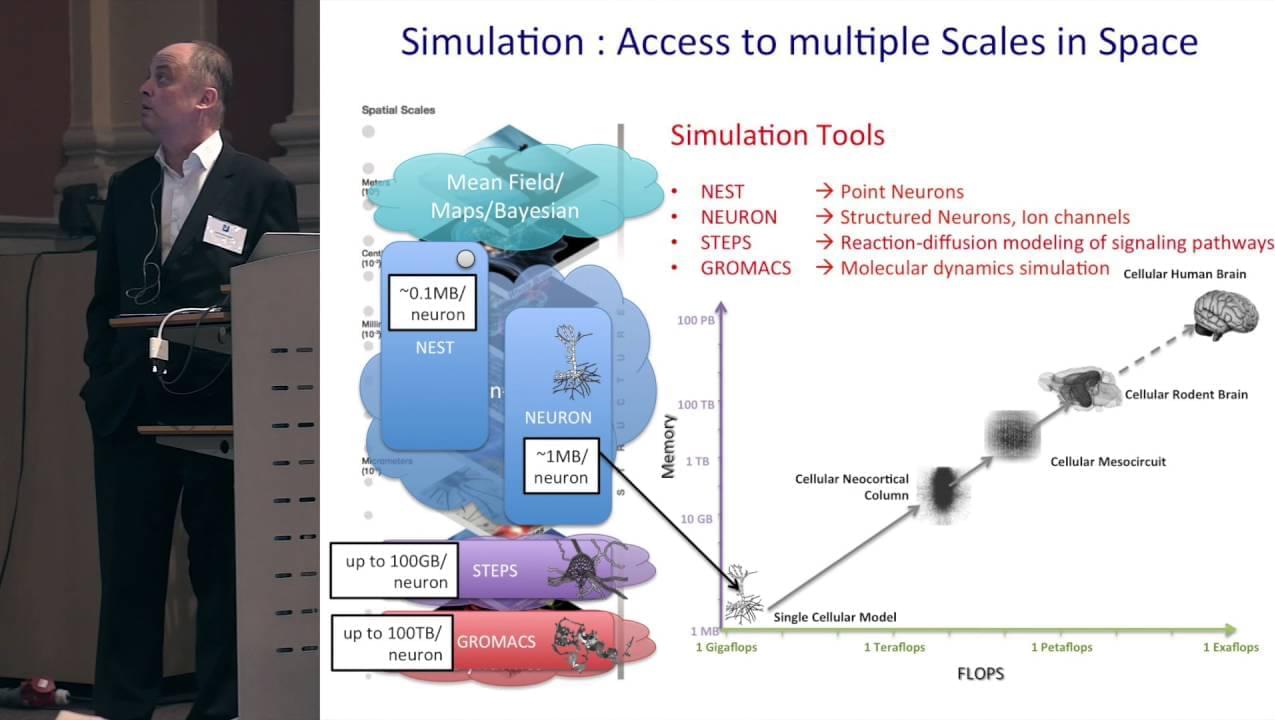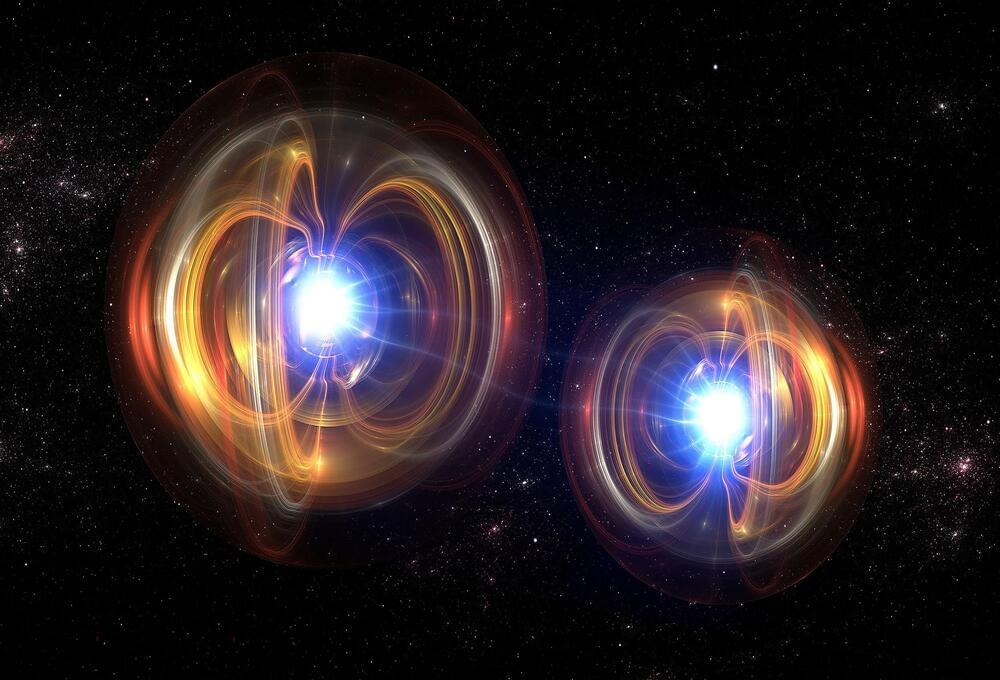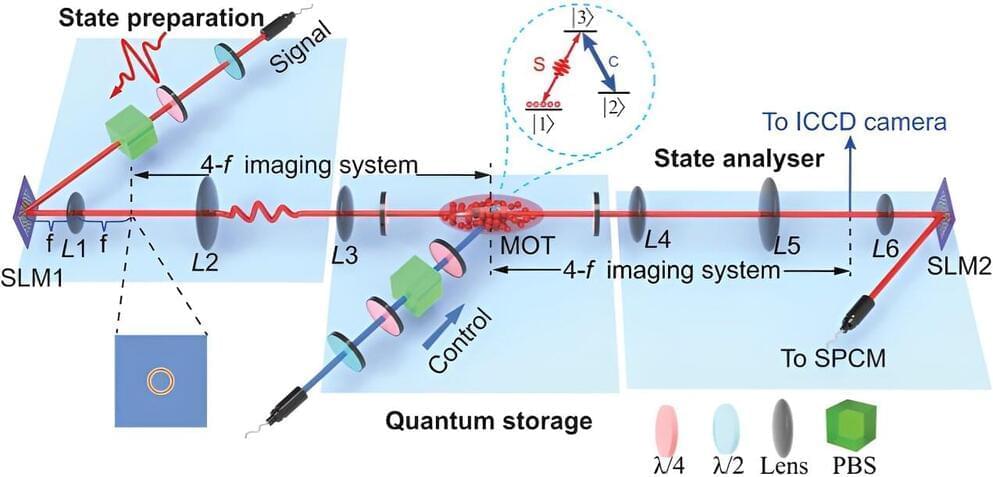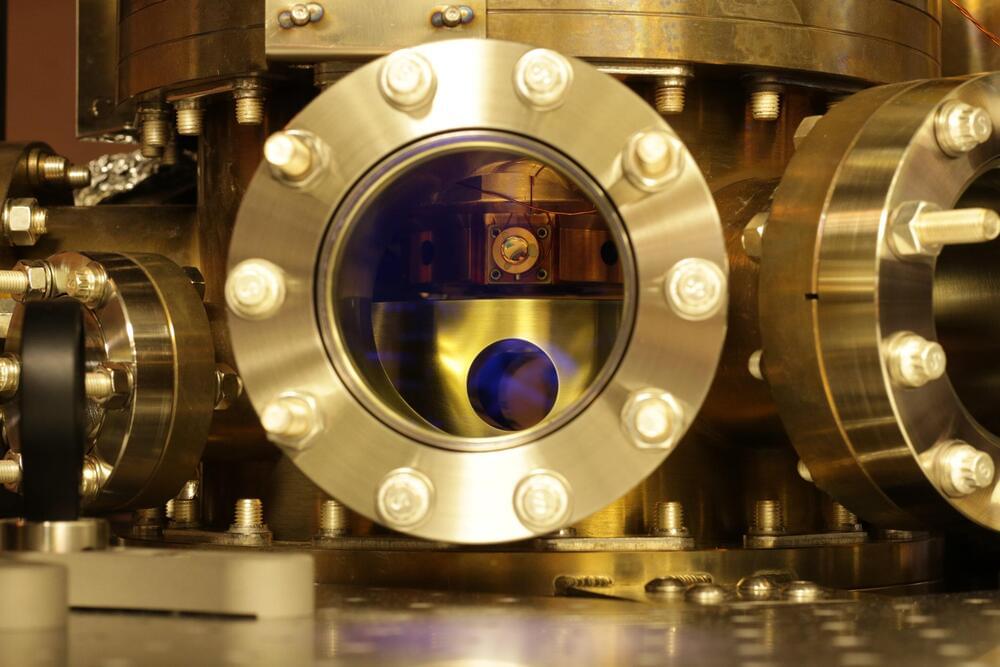Jan 17, 2024
‘Quantum ping-pong’: Two atoms can be made to bounce a single photon back and forth with high precision
Posted by Saúl Morales Rodriguéz in categories: particle physics, quantum physics
Atoms can absorb and reemit light—this is an everyday phenomenon. In most cases, however, an atom emits a light particle in all possible directions—recapturing this photon is, therefore, quite hard.
A research team from TU Wien in Vienna (Austria) has now been able to demonstrate theoretically that using a special lens, a single photon emitted by one atom can be guaranteed to be reabsorbed by a second atom. This second atom not only absorbs the photon though, but directly returns it back to the first atom. That way, the atoms pass the photon to each other with pinpoint accuracy again and again—just like in ping-pong.
